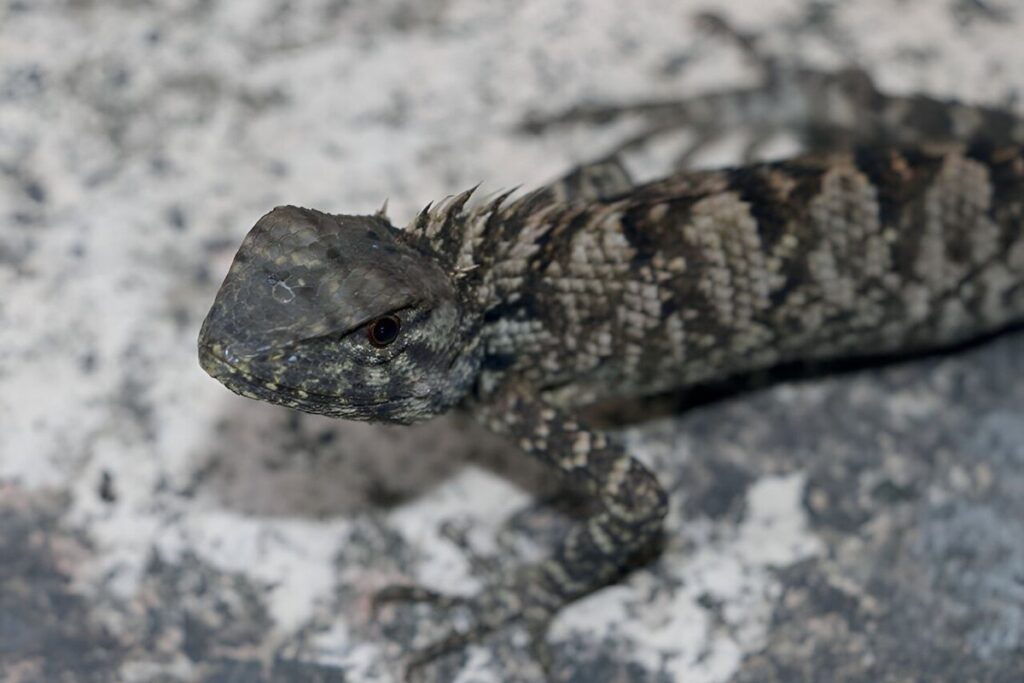Reptiles, a fascinating class of vertebrates, have long captured the intrigue of scientists and enthusiasts alike with their remarkable diversity and adaptations. Occupying a pivotal position in the animal kingdom, these creatures are characterized by their cold-blooded nature, scaly skin, and reliance on external sources to regulate body temperature. Among the several orders within the reptilian realm, lizards stand as a prominent group, encompassing a with unique characteristics.
These reptiles often display incredible adaptations tailored to their respective habitats. Within this diverse group lies the genus Calotes, known for its dynamic array of species. The Calotes genus, recognized for its arboreal lifestyle, encompasses various types of lizards found across Asia, comprising diverse species with distinctive features.
In , a team led by researcher Yong Huang embarked on an extensive exploration, conducting field surveys spanning over a decade across South China and Northern Vietnam. Their objective? To unravel the intricate nuances within the Calotes versicolor species complex, a pursuit that ultimately led to an astonishing discovery—a previously unrecognized species. Enter Calotes Wangi, a newfound addition to the reptilian roster.
Measuring less than 9 centimeters in length, this diminutive lizard stands out with one particularly striking feature—an orange-hued tongue, setting it apart within its genus. Its existence within subtropical evergreen broad-leaved forests and tropical monsoon forests unveils a creature flourishing in diverse landscapes, primarily inhabiting mountainous terrains, hills, forest peripheries, arable lands, shrub areas, and even urban green belts. The behavior and habitat preferences of Calotes wangi paint a vivid portrait of its lifestyle.
Active predominantly along forest edges, this species displays swift reflexes when faced with danger, seeking refuge by darting into bushes or scaling tree trunks to evade threats. Nocturnal observations have unveiled their tendency to rest on sloping shrub branches, clinging close to these perches throughout the night. Seasonal activity patterns vary, with this vibrant reptile being active from April to October in non-tropical climates, extending its active phase from March to November or beyond in tropical regions.
Its diet, comprising insects, spiders, and an assortment of arthropods, underscores its ecological role as a predator in its ecosystem. While the researchers do not currently categorize the new species as endangered, concerns loom over fragmented habitats and human utilization of these lizards for medicinal and culinary purposes. The body of Calotes Wangi is reportedly used medicinally, while the lizards themselves are consumed as food, highlighting potential threats to their population.
In response to these findings, the research team strongly advocates for immediate measures to safeguard the ecological sanctity of these reptiles’ habitats. Their recommendations include intensified protection efforts and vigilant monitoring of population dynamics by local authorities. The formal recognition of Calotes Wangi in the prestigious open-access journal ZooKeys marks a significant milestone in the scientific exploration of reptilian diversity.
This discovery not only expands our understanding of Asia’s rich reptilian fauna but also underscores the urgency of conserving these newfound species and their habitats for generations to come. .
From: interestingengineering
URL: https://interestingengineering.com/science/new-lizard-species-discovered-in-south-china-and-northern-vietnam
